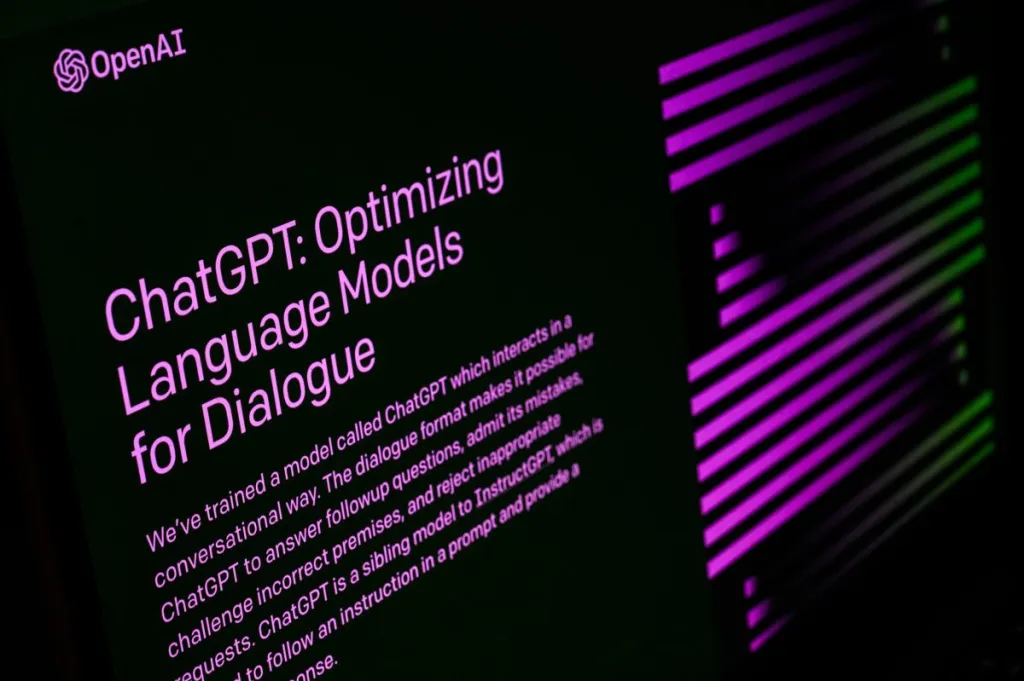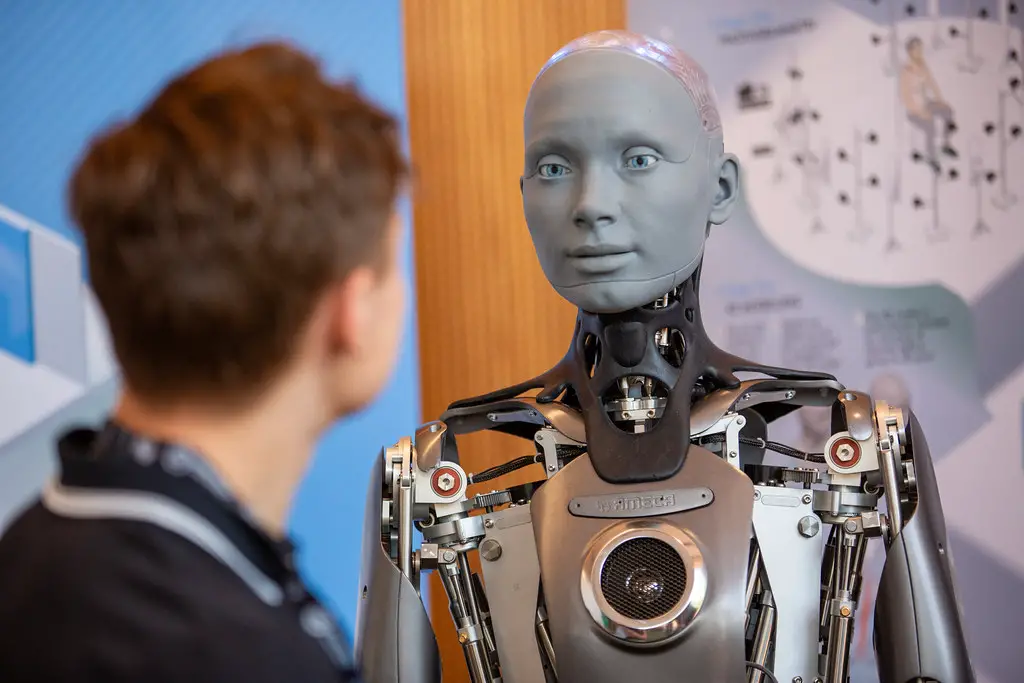In today’s digital age, the term “Machine Learning” has become increasingly popular. But what exactly is machine learning, and how does it work? We will learn in this article with examples.

What is Machine Learning?
Machine learning is a powerful subset of artificial intelligence (AI) that enables computers to learn from data and make predictions or decisions without explicit programming. In simpler terms, it’s like teaching a computer to recognize patterns and make decisions based on those patterns.
Imagine you’re teaching a dog a new trick. You show the dog a series of actions, and over time, the dog learns to perform the trick on its own. Machine learning is similar, but instead of a dog, we’re teaching a computer.
How Does Machine Learning Work?
To make machine learning work, we follow these basic steps:
Step 1: Data Collection We start by collecting a bunch of data related to the task we want the computer to learn. If we’re teaching a computer to recognize cats, we’d need lots of cat pictures.
Step 2: Data Preprocessing Data can be messy, so we clean it up and organize it. In our cat example, we might resize and standardize all the cat images to make them consistent.
Step 3: Model Training This is where the magic happens. We use algorithms (mathematical recipes) to find patterns in the data. In our cat scenario, the algorithm learns the features that make a cat a cat—like pointy ears and a furry tail.
Step 4: Testing and Evaluation We check how well our model is doing. We give it new data (pictures of cats it hasn’t seen before) to see if it correctly identifies them.
Step 5: Deployment If the model performs well, we can use it to recognize cats in new pictures automatically. It’s like the computer has become a cat expert!
Why is Machine Learning Important?
Machine learning has endless real-world applications. It powers:
- Recommendation Systems: Think of Netflix suggesting movies you might like based on what you’ve watched before.
- Speech Recognition: Siri and Google Assistant understand your voice commands.
- Autonomous Vehicles: Self-driving cars use machine learning to navigate safely.
- Healthcare: Identifying diseases from medical images like X-rays.
- Finance: Predicting stock prices and detecting fraud.
Machine Learning and Search Engines
Search engines like Google also use machine learning. When you type a query into Google, it uses machine learning to understand what you’re looking for and find the most relevant web pages.
Google’s algorithms analyze factors like the words on a webpage, the links pointing to it, and even the quality of the content to determine the best search results. Machine learning helps Google constantly improve its ability to deliver the most helpful and accurate results to users.
Conclusion
Machine learning is like training a computer to recognize patterns and make smart decisions. It’s a crucial part of modern technology, powering everything from recommendation systems to self-driving cars. Even search engines like Google rely on machine learning to provide us with the best answers to our questions.
So, the next time you wonder how Google knows exactly what you’re looking for, remember, it’s all thanks to the power of machine learning!


